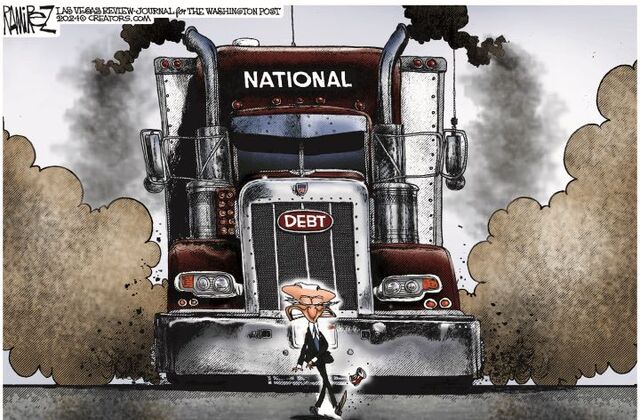[ad_1]
The year got off to a bang as employers added 353,000 jobs in January, far exceeding the most optimistic forecasts.
Job gains were quite broad, with the strongest gains in professional and business services, health care, retail trade, and social assistance.
Economists had expected a slowdown of about 185,000 new jobs, after a revised 333,000 jobs gain in December after 216,000 better-than-expected estimates. The revisions also raised the jobs count to 182,000 in November and added 117,000 more jobs in December.
“We continue to see rebalancing following the pandemic,” said Becky Frankiewicz, president and chief commercial officer of ManpowerGroup. “Although hiring is not as strong as a year ago, it is better than before the pandemic and has improved month-on-month.”
“We are seeing the expected hangover from the holidays in retail and logistics, balanced by growth in IT, finance, accounting and engineering,” he said. “Overall, there are now more jobs available for each unemployed worker than before the pandemic, creating a stable environment for employers and employees.”
best cartoon on economy

The January numbers contrast with other data this week and reports from job site executives that suggest the labor market is slowing.
Earlier this week, the government reported that job openings for the end of 2023 rose slightly, while private payroll firm A.D.P. A huge decline was seen in the number of new appointments It fell to 107,000 in January after a revised 158,000 in December. Meanwhile, weekly unemployment claims increased last week.
“The labor market is definitely cooling,” Brent Schutte, chief investment officer at Northwestern Mutual Wealth Management, said ahead of the report. “The question is how much.”
January could be a volatile month for labor data. The government makes annual revisions in the previous months and plays a seasonal role. This month is typically one in which a large number of layoffs are announced as companies report their earnings for the past year and make plans for the upcoming year.
“I think January won’t be a good barometer of what’s going to happen over the next 12 months,” says Amy Glaser, senior vice president at Adecco.
Glaser says hiring has been strong in the health care, hospitality and financial services industries. Health care is benefiting from demand for services for a growing population, she says, while financial services is seeing a seasonal hiring surge related to tax season.
As far as salaries are concerned, Glaser says they have continued to rise but have lost some of the big signing bonuses and incentives that characterized the pandemic-era labor market. “Those huge increases for people leaving their jobs are no longer happening,” she says.
Chris Todd, CEO of hiring technology firm UKG, cautioned against taking too much from a one-month report. “I wouldn’t read the January BLS report too deeply,” he said.
“There were a couple of three-day weekends and a variety of storms that hit parts of the country that aren’t used to dealing with winter storms,” Todd said. “Being transparent makes it difficult for everyone, regardless of methodology, to accurately estimate job creation.
“However, taking the data of the last few months together, the outlook for employees remains positive,” he said. “There are still more jobs than there are people to fill, yet businesses are not experiencing the same shortage of workers as they were a few years ago.”
“As we anticipated, salary inflation has moderated, but hiring managers are willing to pay top dollar when necessary to fill key roles and attract key skills,” Todd said.
The latest data will also cause jitters at the Federal Reserve, where policymakers are expecting a cooling labor market and a softening of wage growth, both things that could happen before the Federal Reserve gets comfortable with the idea of lowering interest rates. Is searching. Fed Chairman Jerome Powell and his colleagues Kept interest rates stable at the highest level in two decades on Wednesday, but the market expects the central bank to cut rates later this year.
“I think the labor market is back to normal or close to normal in many ways, but not completely back to normal,” Powell told reporters. “So, you know, job opportunities are still not at the level they were. Wages, or wage growth, have still not reached the level where they are – where they will need to be for a long time.
Economists say labor market gains have also been concentrated in a few sectors, at least until the January report.
“It’s also declining,” says Julia Pollack, chief economist at ZipRecruiter, adding that “92% of hiring is in just three sectors – health care, government and hospitality.”
Schutte says the Fed faces a delicate balancing act between moving too soon to cut rates and waiting until the economy overheats and unemployment rises too high.
“The risk of extreme cold is real,” he said.
But it’s hard to resist enthusiasm that the strong jobs report along with moderating inflation is good for most Americans.
“A blockbuster payroll report with 350,000 jobs added, far exceeding expectations, with unemployment remaining at 3.7%, confirms that the economy remains strong,” said Sonu Varghese, global macro strategist at Carson Group. “The report also reduces the likelihood of a rate cut in March, and pushes the timing of the first rate cut to May.”
[ad_2]
Source link
